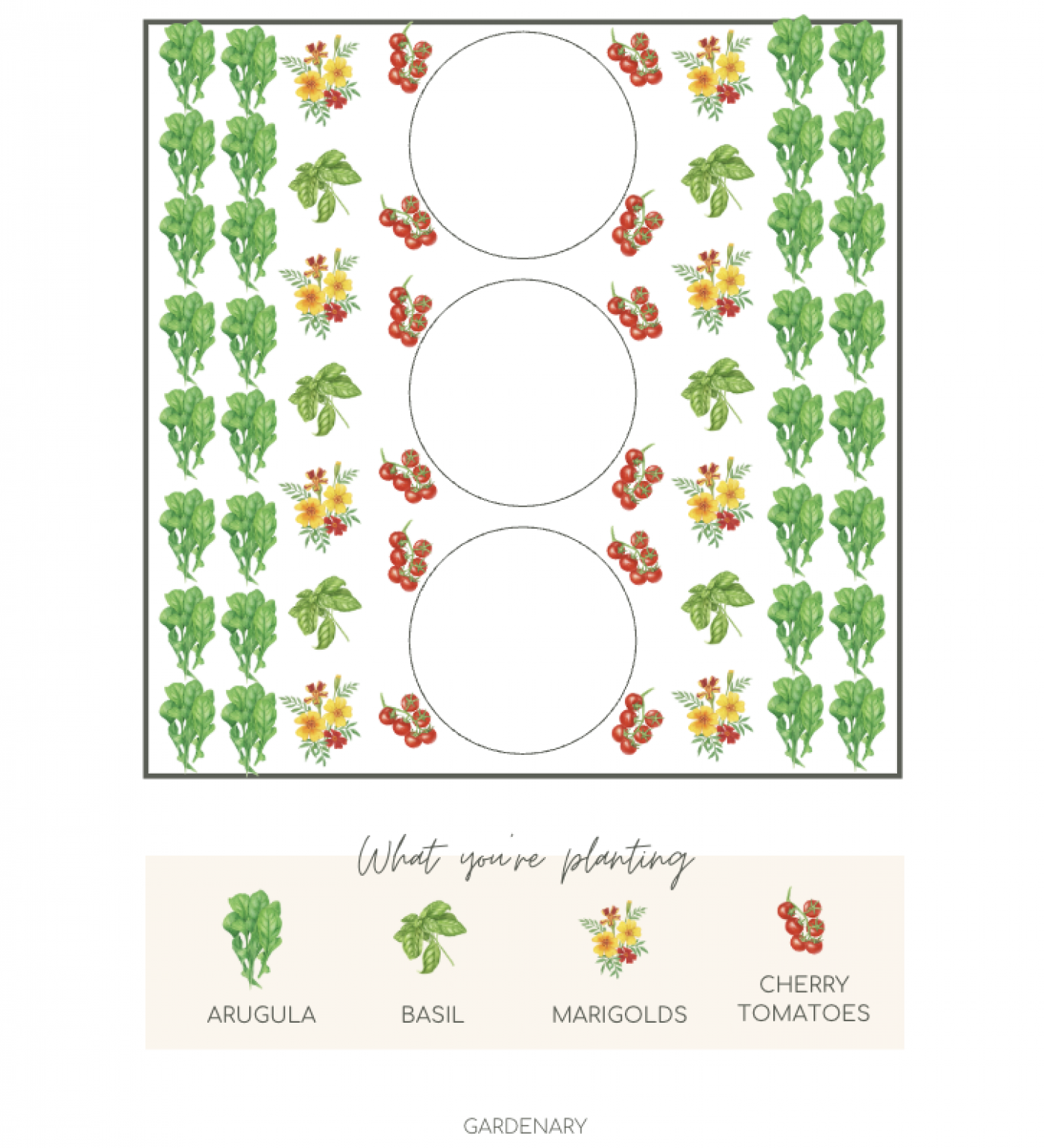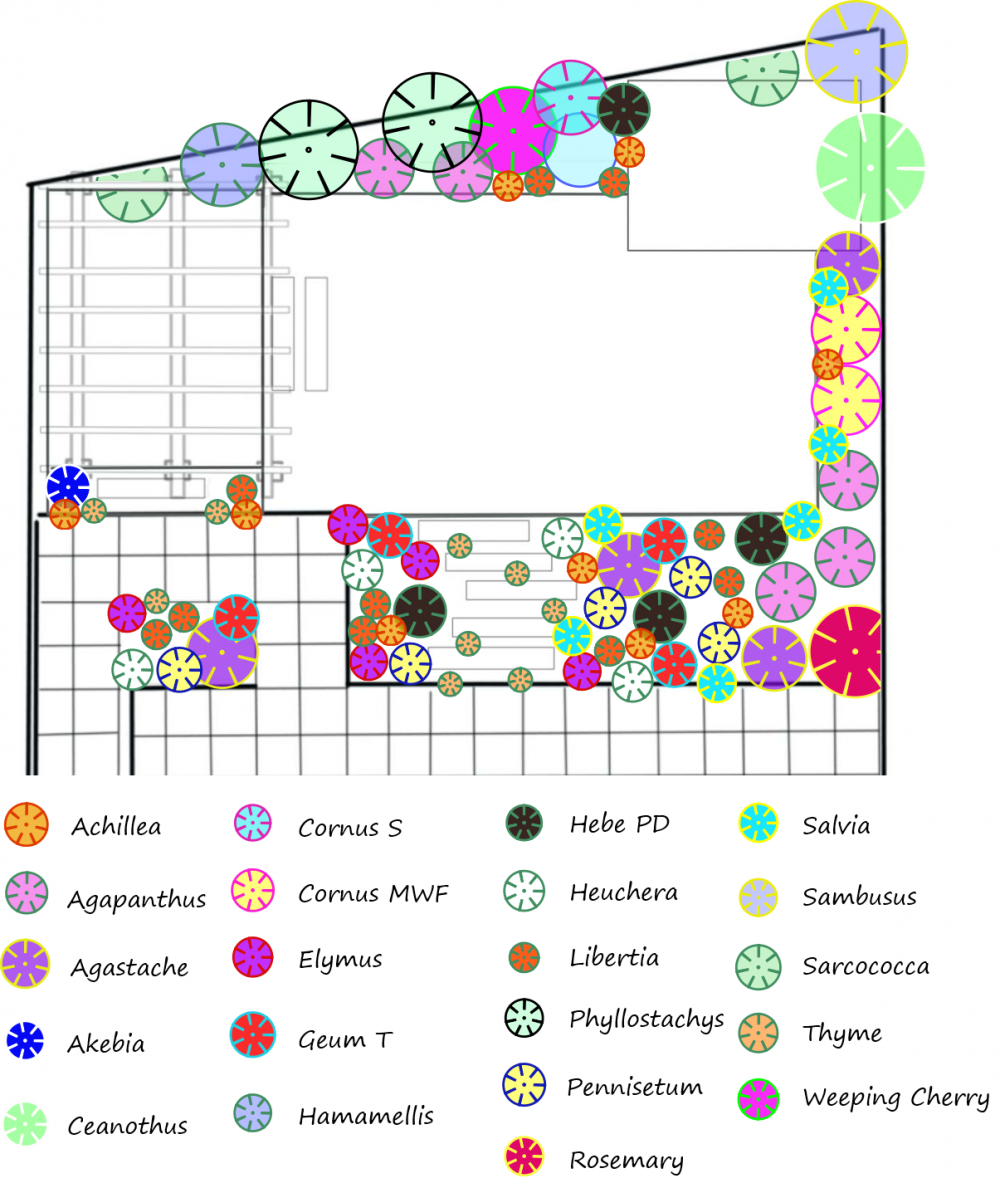Creating a garden is a fun and peaceful activity. But before you start planting, you need to plan your garden layout. Planning helps you use space well. It also makes your garden look nice and grow healthy plants.
Why Plan Your Garden Layout?
Planning your garden helps in many ways. First, it saves time and money. You know where to put each plant. You avoid crowding plants or wasting space. Second, it helps plants get enough sunlight and water. Third, a well-planned garden is easier to take care of. It looks neat and lovely all year.

Credit: www.gardenary.com
Steps to Plan Your Garden Layout
Follow these easy steps to plan your garden. Each step helps you make better choices.
1. Measure Your Garden Space
Start by measuring your garden area. Use a tape measure or a ruler. Write down the length and width in feet or meters. This helps you know how much space you have. Draw a simple map on paper. Show the shape of your garden.
2. Check The Sunlight
Observe your garden at different times of the day. Notice where the sun shines and where it is shady. Some plants need full sun. Others grow well in shade. Mark sunny and shady spots on your map. This helps you pick the right plants for each area.
3. Decide The Garden Style
Think about the style you want. Do you like a formal garden with straight lines? Or a natural garden with curved paths? Maybe a vegetable garden or a flower garden? Choose a style that suits your taste and space.
4. Plan The Pathways
Paths help you walk without stepping on plants. Decide where to put paths in your garden. Paths can be straight or curved. Use materials like stones, bricks, or wood chips. Make sure the paths are wide enough to walk comfortably.
5. Choose Your Plants
Pick plants that grow well in your area. Think about flowers, vegetables, or herbs. Also, consider the height of plants. Tall plants go in the back or center. Short plants go in front or edges. Group plants with similar water and sunlight needs.
6. Draw Your Garden Layout
Use your map to draw the garden layout. Mark where each plant and path will be. Use symbols or colors to show different plants. This drawing helps you see the whole garden before planting.
Tips for a Great Garden Layout
- Use layers: Plant tall, medium, and short plants together.
- Leave space: Give plants room to grow.
- Group plants: Put plants with similar needs close.
- Add focal points: Use a tree, statue, or bench as a center.
- Think about seasons: Choose plants that bloom at different times.
- Include a sitting area: A place to relax and enjoy the garden.
Example Garden Layout Plan
| Area | Plant Type | Sunlight Needed | Notes |
|---|---|---|---|
| North Side | Vegetables (Tomatoes, Peppers) | Full sun | Place near path for easy harvest |
| Center | Tall Flowers (Sunflowers, Delphiniums) | Full sun | Use as focal point |
| South Side | Herbs (Mint, Basil) | Partial shade | Near water source |
| East Side | Low Flowers (Marigolds, Pansies) | Partial sun | Border the path |
Common Garden Layout Designs
Here are some popular garden designs you can try.
1. Grid Layout
Plants are arranged in rows and columns. Easy to plan and work with. Good for vegetable gardens. Paths run between rows for easy access.
2. Circular Layout
Plants grow around a center point. The center can have a tree or bench. Looks nice and natural. Paths curve around the circle.
3. Raised Beds
Plants grow in raised boxes. Helps with soil and drainage. Good for small spaces. Raised beds look neat and organized.
4. Cottage Garden
Mix of flowers and herbs. Plants grow close together. Looks colorful and wild. Paths are narrow and winding.

Credit: www.reddit.com
Tools to Help You Plan Your Garden
You can use simple tools for planning. Here are some ideas:
- Graph paper to draw your garden map.
- Pencils and colored markers for drawing plants.
- Garden planning apps for digital designs.
- Ruler or measuring tape for exact sizes.
Remember: Keep It Simple and Fun
Garden layout planning does not have to be hard. Start with small steps. Draw a simple map. Add plants you like. Make paths for easy walking. Adjust your plan as you go. The garden will grow with you.
Planning your garden layout helps you create a space you love. It makes gardening easier and more enjoyable. Take your time and enjoy the process. Soon, your garden will be full of life and beauty.
Frequently Asked Questions
What Is Garden Layout Planning?
Garden layout planning is designing the arrangement of plants and spaces in a garden.
Why Is Garden Layout Important?
A good layout helps optimize space, sunlight, and water usage, enhancing plant growth.
How Do You Start Planning A Garden Layout?
Begin by measuring the space. Note sunlight patterns and soil type for better plant placement.
What Are The Basic Types Of Garden Layouts?
Common layouts include rows, grid, raised beds, and container gardening.
5 min read

